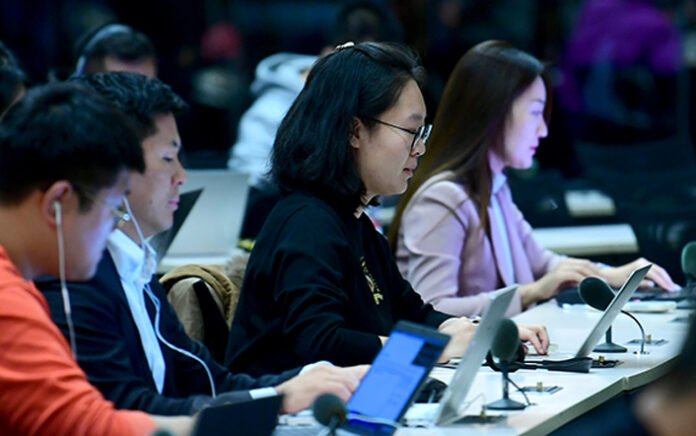Beijing, November 15, 2025 — China’s rapid push for artificial intelligence (AI) dominance could profoundly reshape its economy, with analysts warning that millions of jobs across manufacturing, services, and knowledge sectors may be at risk. Beijing’s AI strategy focuses on automation, advanced robotics, and AI-driven industrial solutions, aiming to position China as a global technology leader by 2030.
Key Highlights
Job Automation Risk: AI adoption could replace millions of routine and semi-skilled roles, especially in manufacturing and clerical sectors.
Economic Effects: While productivity may rise, analysts caution that deflationary pressures could emerge if wage growth stagnates amid job losses.
Policy Challenges: The government faces the task of reskilling the workforce and supporting sectors impacted by rapid automation.
Context & Implications
China has invested heavily in AI research, startups, and industrial applications, seeking to outpace the US and Europe in AI-enabled technologies.
Experts note that automation may increase inequality if economic growth fails to translate into broad-based employment opportunities.
Industries such as logistics, customer service, and finance are expected to see rapid AI integration, while traditional manufacturing could see significant workforce reductions.
Why It Matters
For Workers: Millions could face unemployment or transition challenges, requiring robust retraining programs.
For the Economy: AI could drive efficiency and growth, but deflation and consumption slowdown may offset gains.
Globally: China’s AI advancements will influence trade competitiveness and technological leadership, shaping global AI adoption trends.
China’s AI ambitions illustrate the tension between technological progress and labor market stability, with policymakers seeking ways to balance innovation, economic growth, and social impact.
















